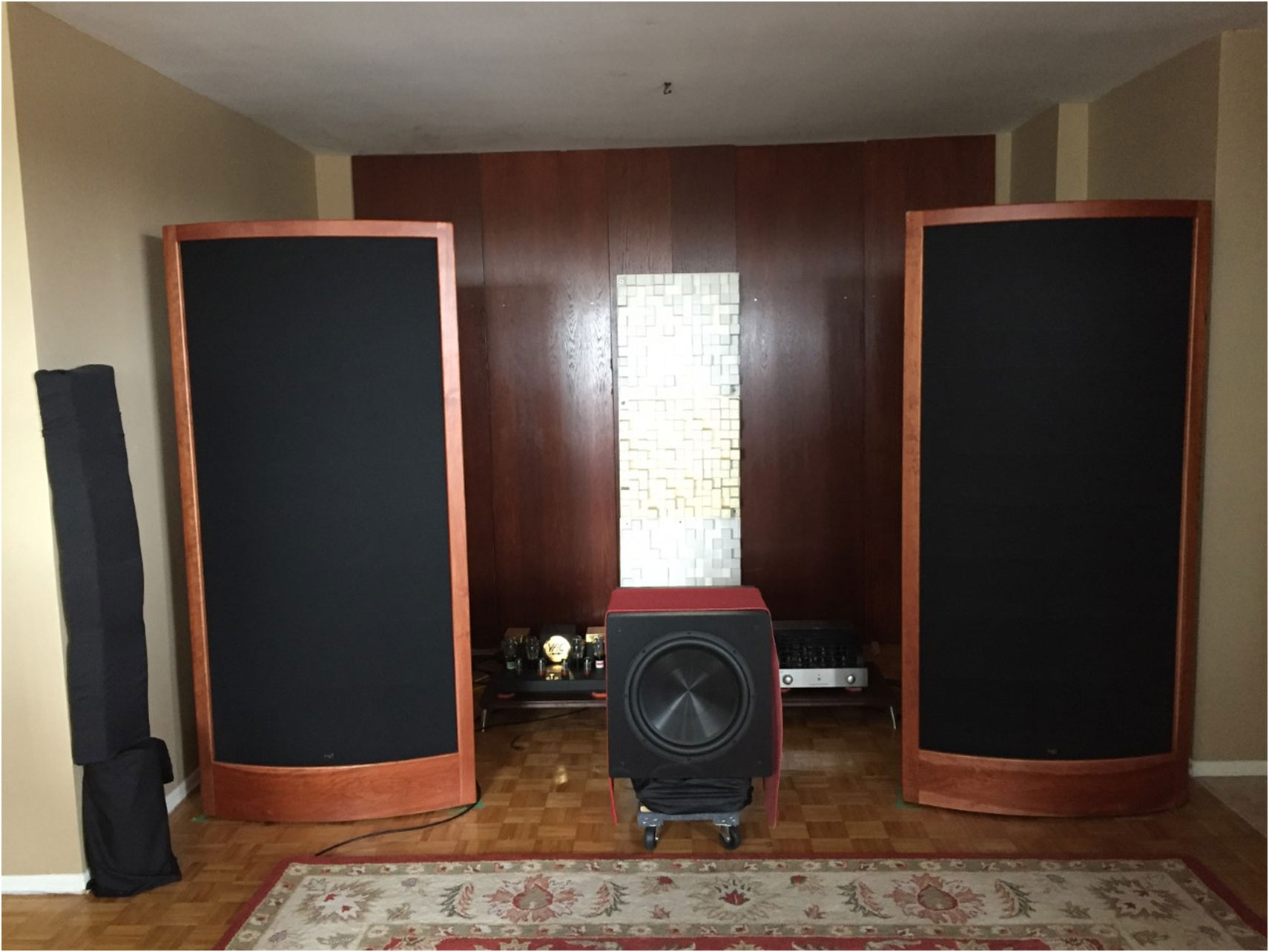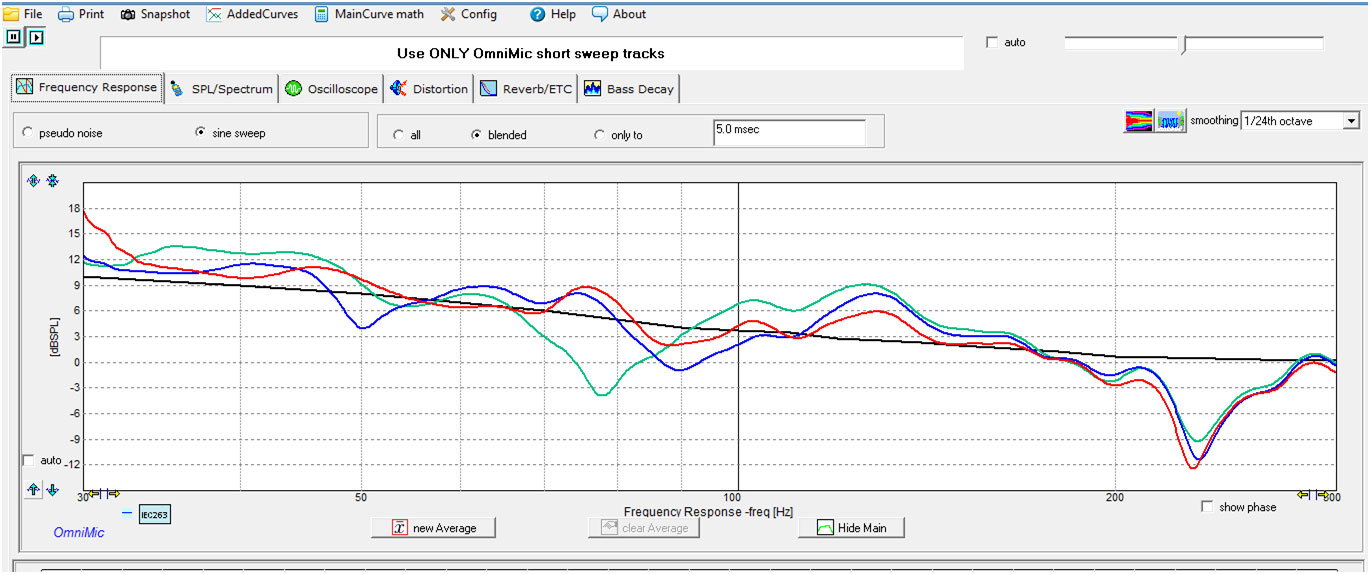exaSound posted on April 13, 2021 11:22
http://
Some people may buy exaSound's 8 channel DAC to listen to multichannel music, or to experience their home theatre. I have neither, so why would I invest in a multichannel DAC and use just 4 of the available 8 channels? In short, because the DAC provides the foundation or platform to allow control of settings for each individual speaker and subwoofer to optimize the sound from my 2.2 stereo system. Where it really shines is in the bass region. As each speaker and sub are in a different spot within the room, each has a unique impact on the sound at the listening chair as each interacts with the room differently given it position. If I could somehow control the parameters needed for great sound (i.e. crossover frequency and slope, delay, gain, polarity, phase, equalization) at the individual speaker and subwoofer level, then it stands to reason that I could optimize the sound quality.

As a very satisfied exaSound e32 DAC owner, I wanted to explore options to further improve my stereo sound quality. I'd invested in acoustical room treatments and used the OmniMic measurement tool to view frequency response changes whenever a speaker/sub/chair/treatment location was changed, or when sub plate amp settings were altered. I also relied upon my music management software from JRiver and its digital signal processing (DSP) parametric equalizers to help tame modal peaks to try and achieve my desired "house curve" frequency response that tilts downwards from 25 to 200Hz. I instinctively knew that the combined bass from the mains and subs could be improved, and that an appealing way to do it was to follow a similar approach of Harman International's Sound Field Management (SFM). SFM could provide a balanced coverage of bass frequencies for any domestic room regardless of dimensions and requires 2 or more subwoofers to do so. By tailoring each speaker's and sub's settings, I could take a speaker-by-speaker approach to optimizing sound quality, except that my two channel e32 DAC couldn't provide this multichannel ability - I had to replace it with exaSound's 8 channel DAC!
My sonic quest took me through 3 levels of increasing sophistication and results.
The "Bronze" Level
The "Bronze" level involved connecting a left and right output from my second set of preamp outputs to feed a pair of subwoofers located at different places within the room. Adjusting the sub's plate amp controls for volume, phase and low-pass frequency allowed limited ability to smooth out the bass region but was pleasing enough to listen to. I even tried using the sub's high-pass filtered outputs to reduce <80Hz going to the tube amp for the mains.
The "Silver" Level
The "Silver" level used an external crossover (Bryston 10B) fed from my e32 DAC which allowed individual speaker/sub high/low pass filter settings and slopes which didn't exist before and it brought sound improvements. However, the crossover's settings for frequency and slopes were limited and I couldn't delay a sub signal or change its polarity which reduced options to optimize the bass. The sound was improved from the first level given the additional options to dial it in.
The "Gold" Level
Lastly, the "Gold" level required a multichannel DAC which the e48 fulfilled (it's an e38 Mark I + DSD512 capability). Replacing the e32 with the e48 DAC was a very straight forward process which required a few settings within JRiver's DSP functionality:
(1) assigning 4 channels to my 4 speakers allowing JRiver and the DAC to communicate to send the correct signal to the correct speaker;
(2) creating two mono bass channels for my pair of subs as they sat in different parts of the room; and
(3) choosing some preliminary high-pass and low-pass filter settings to route the correct frequency bandwidth to each speaker/subwoofer. I was up and running in less than an hour. The e48 was now the foundation or platform for which all individual speaker level adjustments could be made.
Besides the terrific sound the e48 provided, its multichannel ability allowed unlimited flexibility and endless test-measure-listen iterations involving high-pass and low-pass frequency and slope combinations, polarity, volume, delay, and parametric EQ filters. What Audyssey and other tools do for home theatre setup, I was now doing for my 2.2 stereo.

The chart above compares the three levels with the desired house curve using 1/24th octave smoothing and is from 30 - 300Hz on the horizontal axis. The relative differences are shown above or below the black house curve that has a 10dB slope from 30 - 200Hz (i.e. 30Hz is 10dB louder than 200Hz).
BLACK line - my target house curve: a 10dB slope from 25 to 200Hz
GREEN line - Bronze level: Mains High-Pass 80Hz @ 24dB, both subs Low-Pass 80Hz @ 24dB
BLUE line - Silver level: Mains High-Pass 140Hz @ 6dB, both subs Low-Pass 100Hz @ 18dB
RED line - Gold level: Mains High-Pass 67Hz @ 24dB, front sub Low-Pass 74Hz @ 12dB and rear sub Low-Pass 80Hz @ 12dB with a 3 millisecond delay and reversed polarity.
Gold level listening results
The bass came alive with less boom which allowed more of the midrange to be heard. There were no longer bass notes that were modal peaks whose decay lingered and smeared the music that followed it. I was confident that turning up the volume would not damage any driver and that the musical clarity would be preserved. The combination of the 8 channel DAC and JRiver's DSP (or ROON etc.) delivered a winning combination of features that allowed my music to sound amazing. It did take time to test and measure many combinations of variables (I probably did 300-400 tests of differing cut off frequency and slope combinations), and there was a definite learning curve as to how to approach the optimization. For example, find a house curve that suits you and use that as your reference point to move towards. OmniMic can plot the house curve while additional test curves are overlaid so see which most closely resembles the house curve. Use DSP cutting (not boosting as it may damage an amp or introduce distortion) of frequencies below about 500Hz. In the end, I found a combination of cut off filter, polarity and delay settings that allowed my actual in room frequency response curve to be within 3-4dBs of the house curve in the bass region using 1/24th smoothing, so there was very little bass parametric EQ required to match it to the house curve. Now I'm thinking that maybe I'll dip my toe into multichannel music which might start the entire optimization process over again, or on second thought I'll just enjoy more stereo music for the time being.
An extended version of this article can be found and discussed
here.
Kevin F.